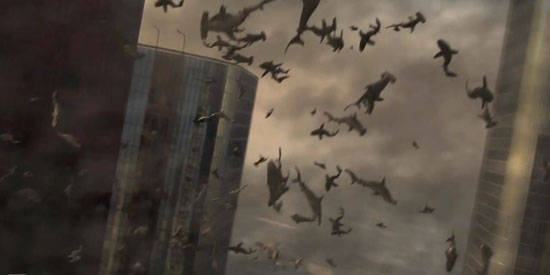Leo Tolstoy, War and Peace, trans. Louise and Aylmer Maude →
Walter Benjamin, “Theses on the Philosophy of History,” in Illuminations: Essays and Reflections, ed. Hannah Arendt, trans. Harry Zohn (New York: Schocken, 1969).
Frederick Engels, “The Book of Revelation” →
Revelation (The Apocalypse of John) 1 →
Engels, “The Book of Revelation”
Alexander Men, “Apocalypse” (in Russian) →
Alexander Kojève, Introduction to the Reading of Hegel: Lectures on the Phenomenology of Spirit, ed. Allan Bloom, trans. James H. Nichols, Jr. (New York: Basic Books, 1969), 160.
Nikolai Gogol, Dead Souls, Part 5 →
Alex Williams and Nick Srnicek, “#ACCELERATE MANIFESTO for an Accelerationist Politics” →
Georges Bataille, The Bataille Reader, eds. Fred Botting and Scott Wilson (Oxford: Blackwell Publishing, 1997), 296.
